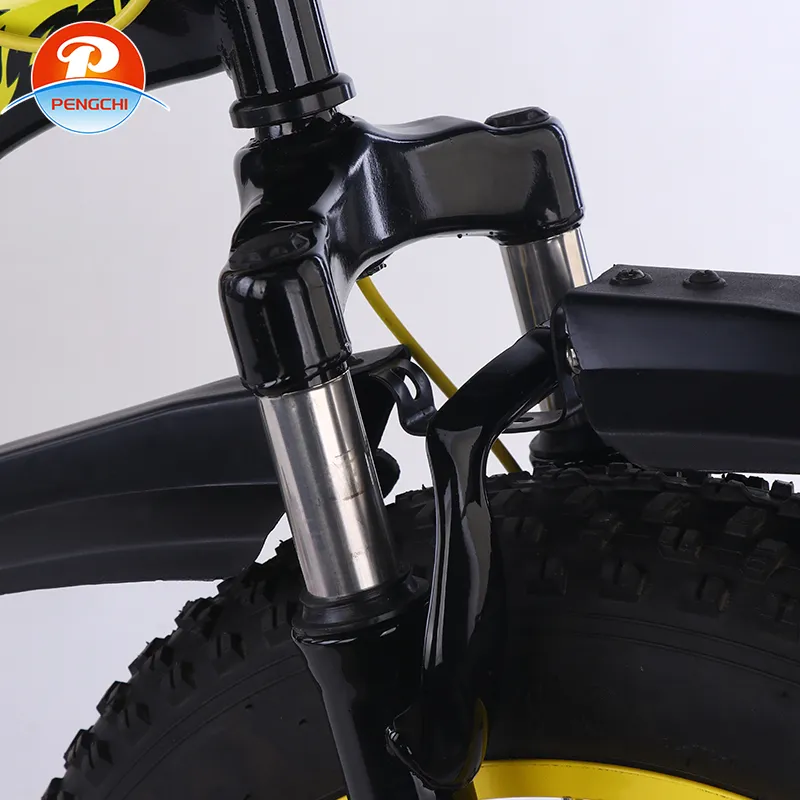
-
 Afrikaans
Afrikaans -
 Arabic
Arabic -
 Belarusian
Belarusian -
 Bengali
Bengali -
 Bulgarian
Bulgarian -
 Croatian
Croatian -
 Czech
Czech -
 Danish
Danish -
 Dutch
Dutch -
 English
English -
 Finnish
Finnish -
 French
French -
 German
German -
 Greek
Greek -
 hawaiian
hawaiian -
 Hebrew
Hebrew -
 Hindi
Hindi -
 Hungarian
Hungarian -
 Indonesian
Indonesian -
 irish
irish -
 Italian
Italian -
 Japanese
Japanese -
 Javanese
Javanese -
 kazakh
kazakh -
 Khmer
Khmer -
 Korean
Korean -
 Kyrgyz
Kyrgyz -
 Lao
Lao -
 Latin
Latin -
 Luxembourgish
Luxembourgish -
 Malay
Malay -
 Myanmar
Myanmar -
 Norwegian
Norwegian -
 Persian
Persian -
 Polish
Polish -
 Portuguese
Portuguese -
 Romanian
Romanian -
 Russian
Russian -
 Serbian
Serbian -
 Slovak
Slovak -
 Somali
Somali -
 Spanish
Spanish -
 Swedish
Swedish -
 Tagalog
Tagalog -
 Thai
Thai -
 Turkish
Turkish -
 Turkmen
Turkmen -
 Ukrainian
Ukrainian -
 Uighur
Uighur -
 Vietnamese
Vietnamese
Nov . 02, 2024 07:38 Back to list
how to choose a good mountain bike
How to Choose a Good Mountain Bike
Choosing a good mountain bike can be a daunting task, especially with the myriad of options available in the market today. However, understanding your specific needs and some key features can help simplify the process. Here are some essential factors to consider when selecting a mountain bike that’s right for you.
First and foremost, you need to identify what type of mountain biking you plan to do. Are you going for cross-country rides, or do you prefer downhill trails? Different styles require different types of bikes. Cross-country bikes are typically lighter and more efficient for climbing, whereas downhill bikes are designed for stability and control on steep descents. There are also trail bikes that offer a balanced approach, suitable for various terrains.
2. Frame Material
The frame is one of the most crucial components of a mountain bike. Common materials include aluminum, carbon fiber, and steel. Aluminum is lightweight and affordable, making it a popular choice for entry-level bikes. Carbon fiber offers superior strength-to-weight ratios but comes at a higher price point. Steel frames provide durability and are excellent for absorbing shock but can be heavier than their aluminum and carbon counterparts. Consider your budget and how often you plan to ride when choosing frame material.
3. Suspension Type
how to choose a good mountain bike

Mountain bikes generally have two types of suspension hardtail and full suspension. Hardtail bikes have a front suspension only, which makes them lighter and more efficient, especially for climbing. Conversely, full-suspension bikes come with both front and rear shocks, making them more comfortable on rough terrain but typically heavier and more expensive. If you’re planning on tackling technical trails, a full-suspension bike might be worth the investment.
4. Wheel Size
Mountain bikes come in various wheel sizes, the most common being 26-inch, 27.5-inch (650b), and 29-inch. Smaller wheels are easier to maneuver but may not roll over obstacles as smoothly as larger wheels. Conversely, larger wheels can provide better rollover capability and speed on flat terrain. Your choice of wheel size can significantly affect your riding experience, so consider the type of trails you’ll be riding.
5. Fit and Comfort
Finally, make sure you choose a bike that fits you well. A properly sized bike will enhance your riding comfort and efficiency. Most bike shops offer expert fitting services, so take advantage of this to find the best fit. Don’t hesitate to test ride different models to ensure you’re comfortable before making your decision.
In conclusion, selecting the right mountain bike involves understanding your needs, evaluating the frame material, suspension type, wheel sizes, and ensuring a good fit. By considering these factors, you can find a mountain bike that will enhance your riding experience and help you take on the trails with confidence. Happy riding!
-
New Red Anti-theft E-Bike | Easy Ride City Commuter
NewsJul.31,2025
-
BMX 20 Inch Bikes for Freestyle & Street | Fat Tire Options Available
NewsJul.30,2025
-
322 High Quality 26 Inch 21 Speed Adult Mountain Bike OEM MTB
NewsJul.29,2025
-
Specialized Kids Mountain Bikes - Safe, Durable & Fun Riding Experience
NewsJul.29,2025
-
Little Kids Mountain Bike - Lightweight Bikes for Young Riders
NewsJul.29,2025
-
Kids Mountain Bike Trek – Full Suspension for 6 Year Old Riders
NewsJul.29,2025

